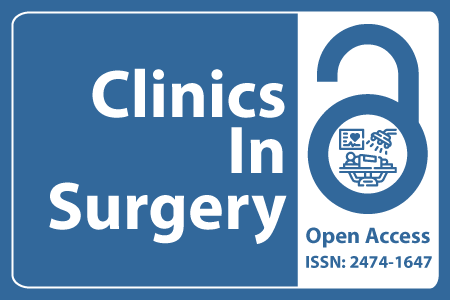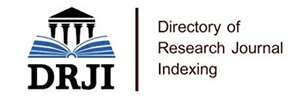
Journal Basic Info
- Impact Factor: 1.995**
- H-Index: 8
- ISSN: 2474-1647
- DOI: 10.25107/2474-1647
Major Scope
- Minimally Invasive Surgery
- Colon and Rectal Surgery
- Cardiovascular Surgery
- Transplant Surgery
- Neurological Surgery
- Obstetrics Surgery
- Otolaryngology - Head and Neck Surgery
- Endocrine Surgery
Abstract
Citation: Clin Surg. 2021;6(1):3184.Case Series | Open Access
A COVID Curiosity: Transurethral Insertion of Neodymium Magnets in Pediatric Patients
Shekarriz Arman1 , Upadhyay Jyoti2* and Carr Michael2
1 Duke University, Pratt School of Engineering, USA 2 Children?s Hospital of the Kings Daughters and Eastern Virginia Medical School, USA
*Correspondance to: Jyoti Upadhyay
PDF Full Text DOI: 10.25107/2474-1647.3184
Abstract
Rare-earth metal magnets are a growing problem in the pediatric population with ingestion into the GI tract as the most prominent route. Neodymium magnet transurethral insertion has been reported in 6 pediatric patients in the literature. All of these, except one, have required an open surgical approach for removal. We provide three additional cases, all of whom have behavioral health concerns, with two patients presenting during the COVID-19 pandemic. We describe the use of a self-made magnetic device for successful retrieval of this unique foreign body from the bladder of a pediatric patient. Two patients presented in a timely manner whereas one patient presented during the pandemic but admitted to placing these magnets in his urethra a least one year prior. Clinicians should be aware of the signs and symptoms associated with this rare tendency of transurethral insertion of strong magnets in pediatric patients, the association with behavioral health diagnoses as well as environmental stressors due to the effects of COVID-19 pandemic, which may contribute to this occurrence.
Keywords
Cite the article
Arman S, Jyoti U, Michael C. A COVID Curiosity: Transurethral Insertion of Neodymium Magnets in Pediatric Patients. Clin Surg. 2021; 6: 3184..













